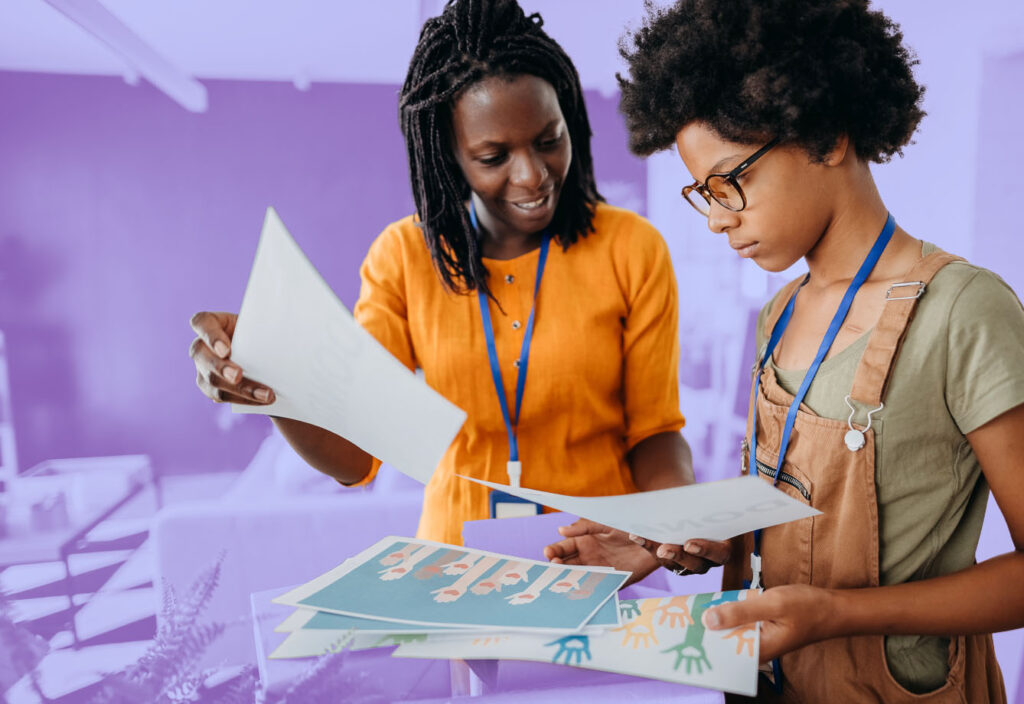According to the well-known 80-20 rule, the top 20% of a nonprofit organization’s donors contributes to 80% of its funding. These numbers highlight the importance of your nonprofit’s major donors—the small group of individuals with both the financial capacity and the passion for contributing to your purpose.
Creating an effective major donor program can generate a reliable source of revenue that powers your organization’s daily operations and impact. If you’re in an 80-20 situation, apply these distributions to your own donor cultivation efforts as well. Dedicate 80% of your nonprofit’s efforts to building strong relationships with the most generous 20% of your donors. Invest in them and they will invest in you.
To get started with implementing a successful major gifts program, follow these four steps.
1. Identify prospective major donors
In order to begin reaching out and cultivating prospective major donors, your nonprofit first needs to establish what constitutes a major gift for your organization and what you’re looking for in a major donor. Having a comprehensive donor management system, such as Bonterra Donor Engagement’s Guided Fundraising solution, allows your team to analyze existing details about your supporters and determine your prospects. As you review your donor database, consider wealth and philanthropic factors such as:- Real estate ownership
- Political contributions
- Stock ownership
- Past giving history
- Personal background and values
- Involvement with other nonprofits
2. Cultivate your prospects
Once you’ve identified your prospects, it’s time to get to know them. Build a strong foundation for your major donor-nonprofit relationships by engaging with them frequently and thoughtfully. Make sure your executive director is available for personal lunches, home visits, and phone calls. Schedule events, such as dinner parties and visits to your nonprofit’s facility, so prospective major donors can familiarize themselves with your organization’s purpose and impact. During these events, try to gather details on each prospect’s values and interests, such as:- Which of your programs interest them?
- What other organizations do they support?
- What are their hobbies?
- What connects them to your purpose?
3. Solicit your major donors
The information you gather while engaging with each prospect will help you develop a strategy for making the ask. For instance, when you meet with a prospective major donor, you can appeal to their unique interests and request a reasonable gift size according to your wealth screening results. Once you’ve scheduled the ask meeting, have your executive director and a board member who has developed a strong relationship with the prospect attend. Decide in advance who will make the ask to keep the meeting as smooth and effective as possible. Additionally, you should be prepared with compelling, personalized reasons as to why the prospect should support your organization with a major gift.4. Steward your major donors
After your initial solicitation, it’s crucial to show appreciation to your nonprofit’s major donors to keep them invested in your purpose. When you actively communicate the impact of their gifts, they’ll feel much more valued and eager to continue supporting your organization. Consider thanking your major gift donors with some of these popular ideas:- Published donor lists
- Donor recognition wall
- Phone calls
- Handwritten cards
- Social media spotlights
Engaging your nonprofit’s major donors
A successful major donor program relies on retaining major donors as much as securing new ones. Once you’ve cultivated productive, long-lasting relationships with these supporters, encourage them to take their engagement to the next level by offering other ways for them to get involved. In your updates and thank-you messages, keep them informed of upcoming opportunities to volunteer or attend exclusive appreciation events.
Ready to Get Started?




